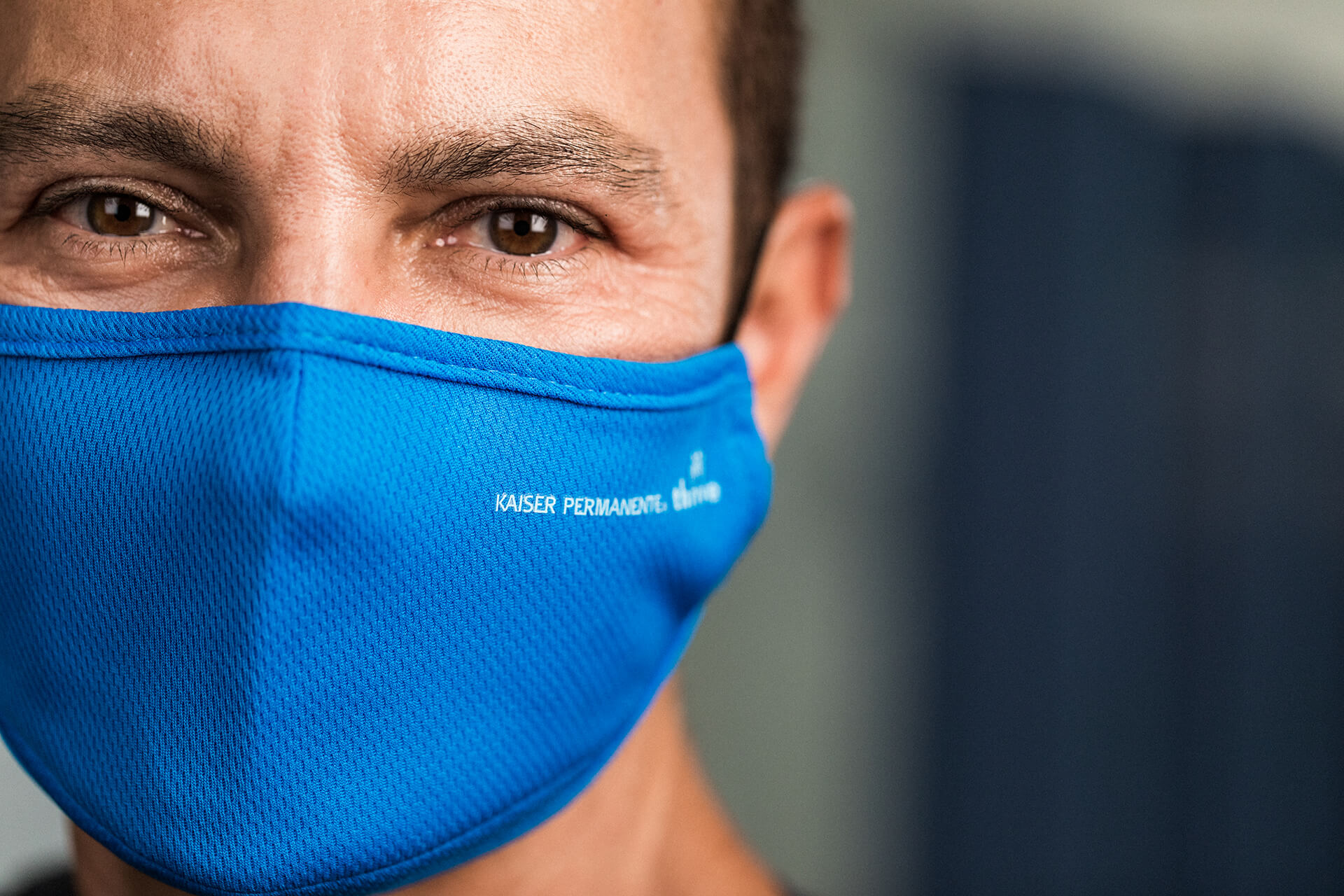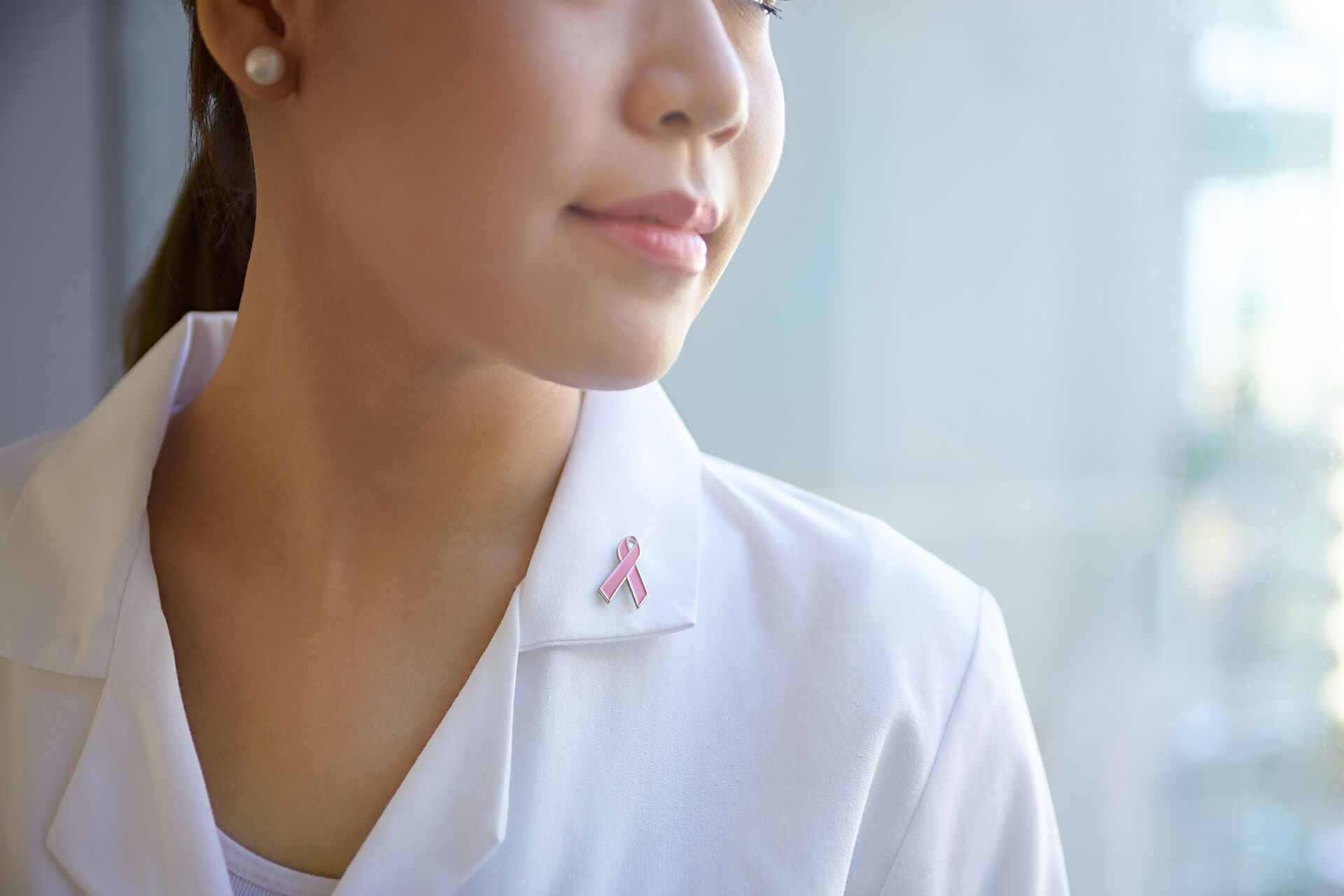Kaiser Permanente scientists are working to understand the various impacts of the COVID-19 pandemic on our lives using two important sources of information: 1) the KP Research Bank COVID-19 surveys that about 129,000 people completed last year; and 2) a new collection of genetic samples from people around the world sponsored by the National Institutes of Health.
Heather Feigelson and Andrea Burnett-Hartman, researchers at KP Colorado’s Institute for Health Research, are among the many scientists around the world working to understand how people’s genetic make-up influenced whether people got COVID-19, and if they did, how seriously they were affected by the disease.
Using genetic samples from people throughout the world, including samples from the KP Research Bank, the National Institutes of Health is sponsoring this research that compares the genotypes (meaning an individual’s collection of genes) of people with mild and severe COVID-19 cases. Scientists are working on two different comparisons. First, they are comparing people who died or needed a machine to help them breathe when they had COVID-19, to people who survived and never needed any kind of help with breathing. In the second comparison, they are looking at whether the genotypes of people who were hospitalized to people who weren’t hospitalized for COVID-19 are different.
Additionally, Dr. Burnett-Hartman is using KP Research Bank COVID-19 survey information to understand how the pandemic affected individuals’ social, mental, and physical well-being. So far, she’s found out that among the people who responded to the KP Research Bank COVID-19 surveys in 2020:
- There were 2,250 who had a COVID-19 infection.
- Over 8% of people infected reported trouble paying for the very basic living essentials during the pandemic.
- Over 5% of people infected reported that they didn’t always have enough to eat during the pandemic.
Dr. Deborah Young from KP Southern California’s Department of Research and Evaluation also used information from the KP Research Bank COVID-19 surveys to lead research that looked at the possible link between physical activity and being outside during the pandemic and the impact it had on people’s mental health. Dr. Young and her study team were especially interested in how physical activity and time spent outdoors might be related to symptoms of depression and anxiety for people who did not report having any COVID-19 symptoms.
About 20,000 people without COVID-19 symptoms completed our surveys last spring and summer. Dr. Young found that survey respondents who reported no physical activity had the highest levels of depression and anxiety compared to people who took part in physical activity. Similar findings were reported regarding spending time outdoors – people who said they spent less time outdoors also had higher levels of depression and anxiety on the COVID-19 surveys. These findings add to the general research findings that physical activity and being outdoors can be beneficial to mental health.


